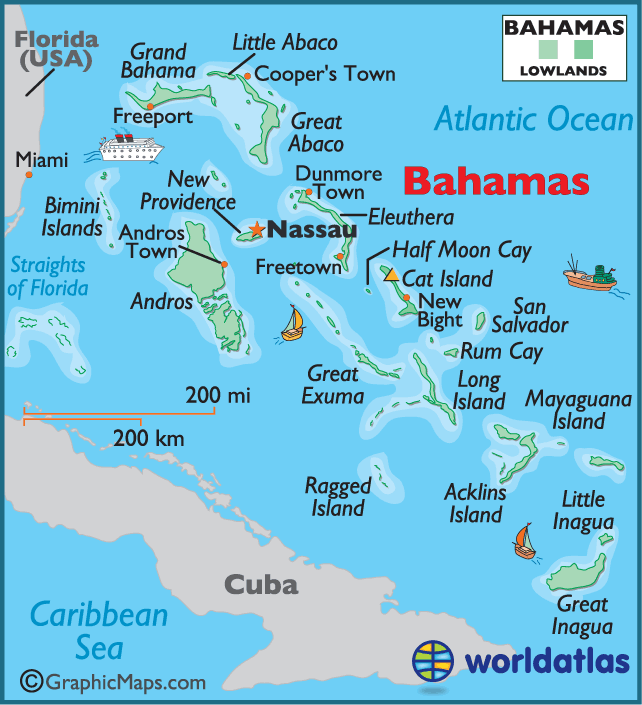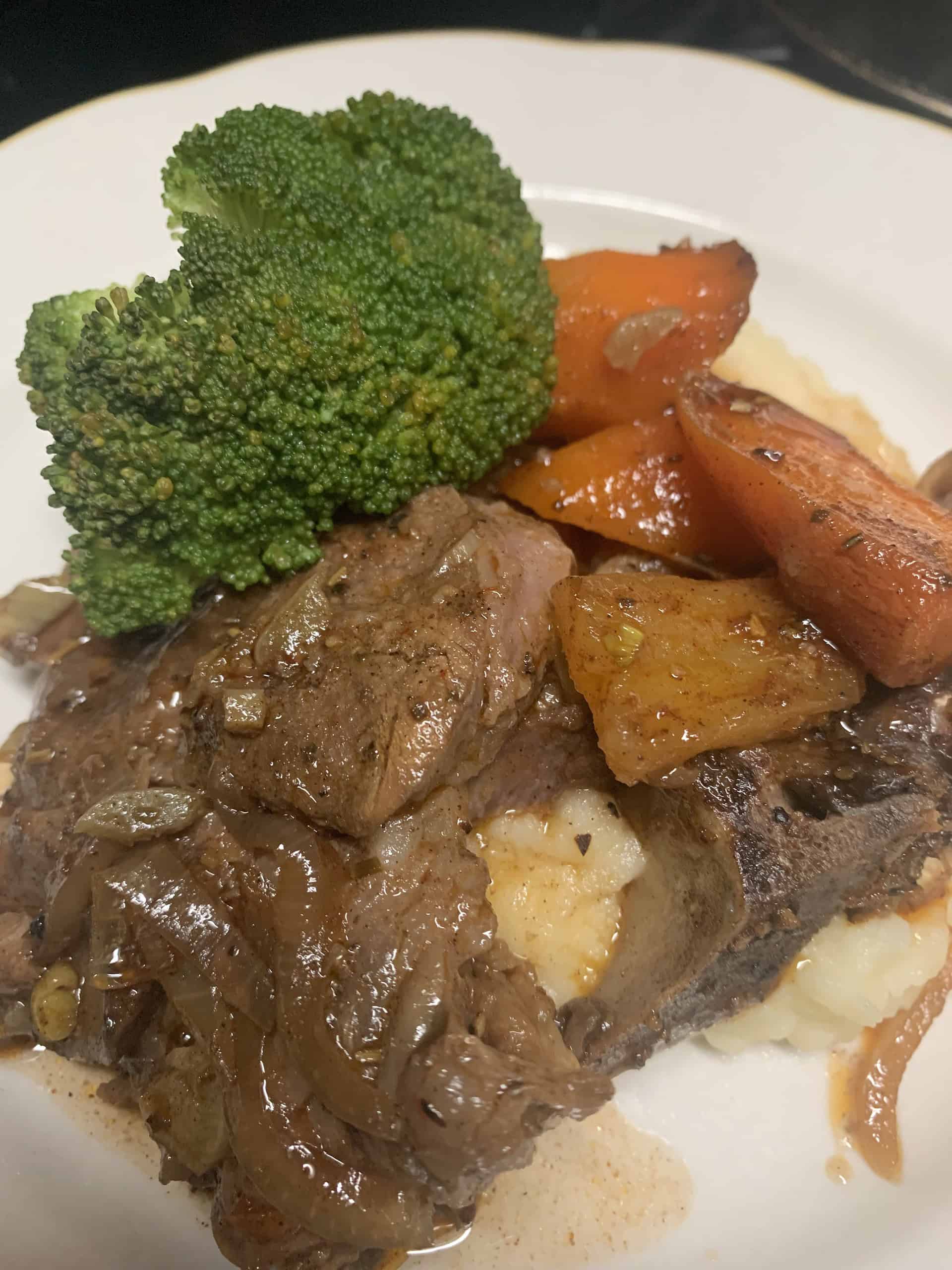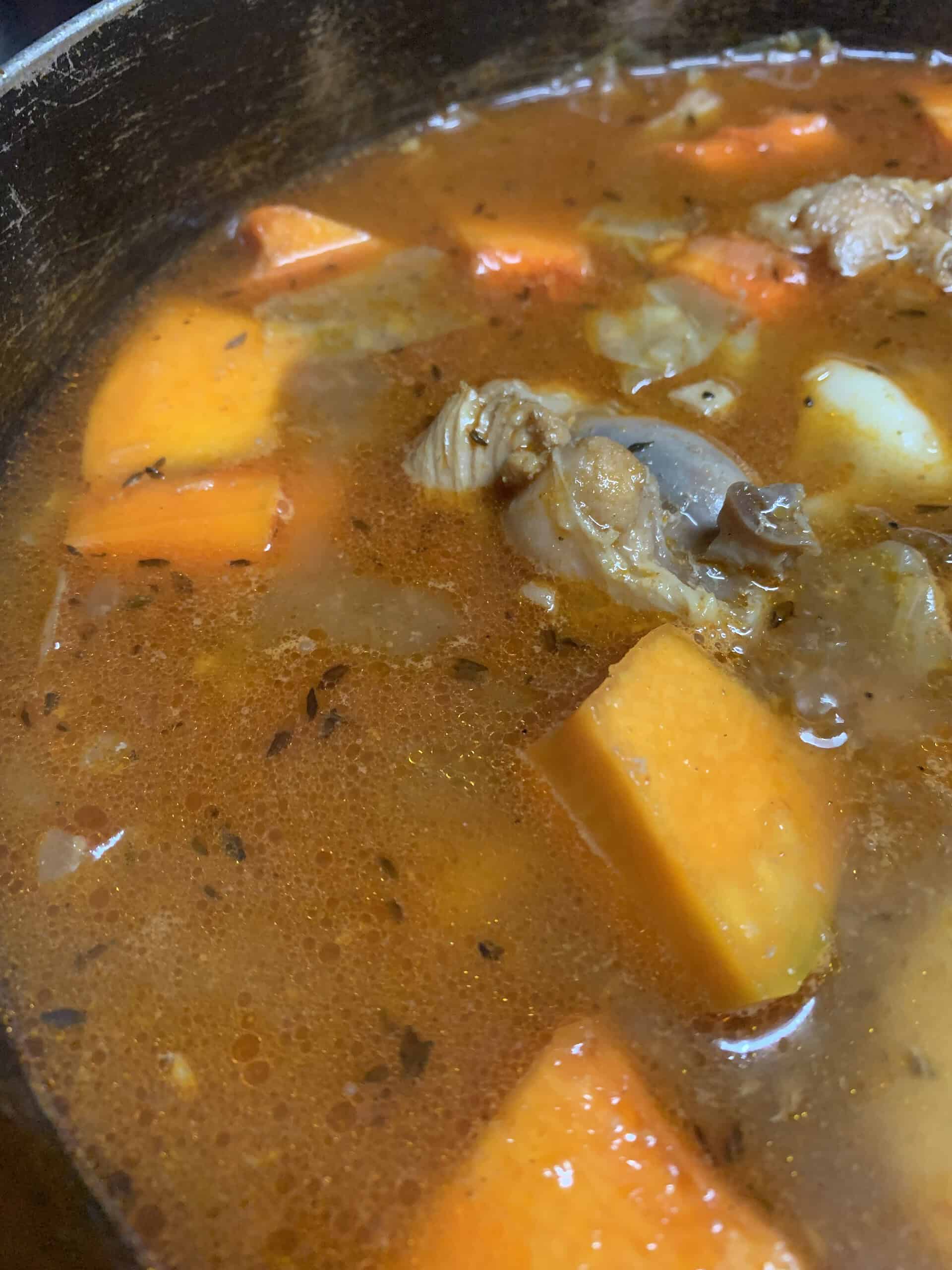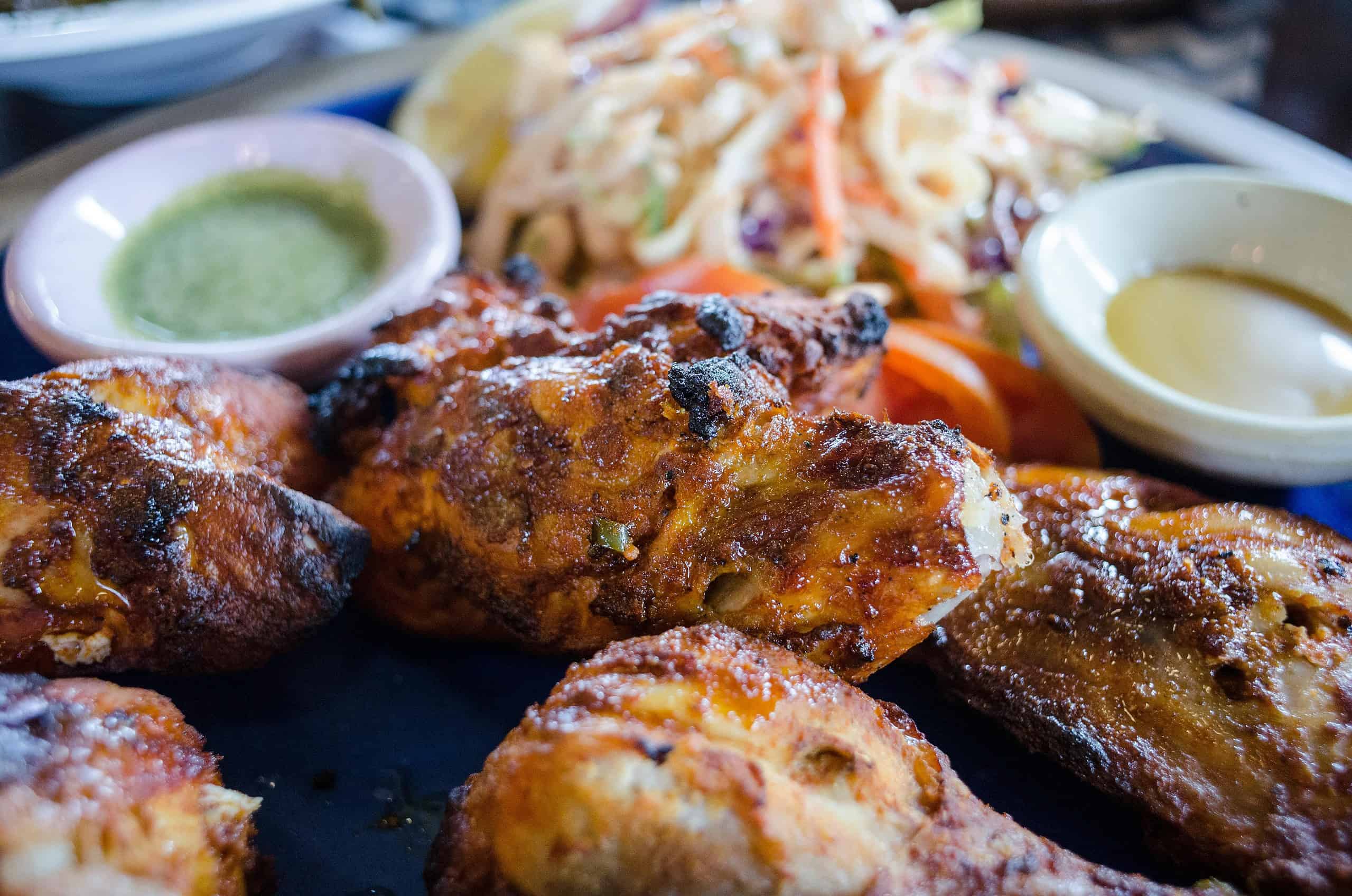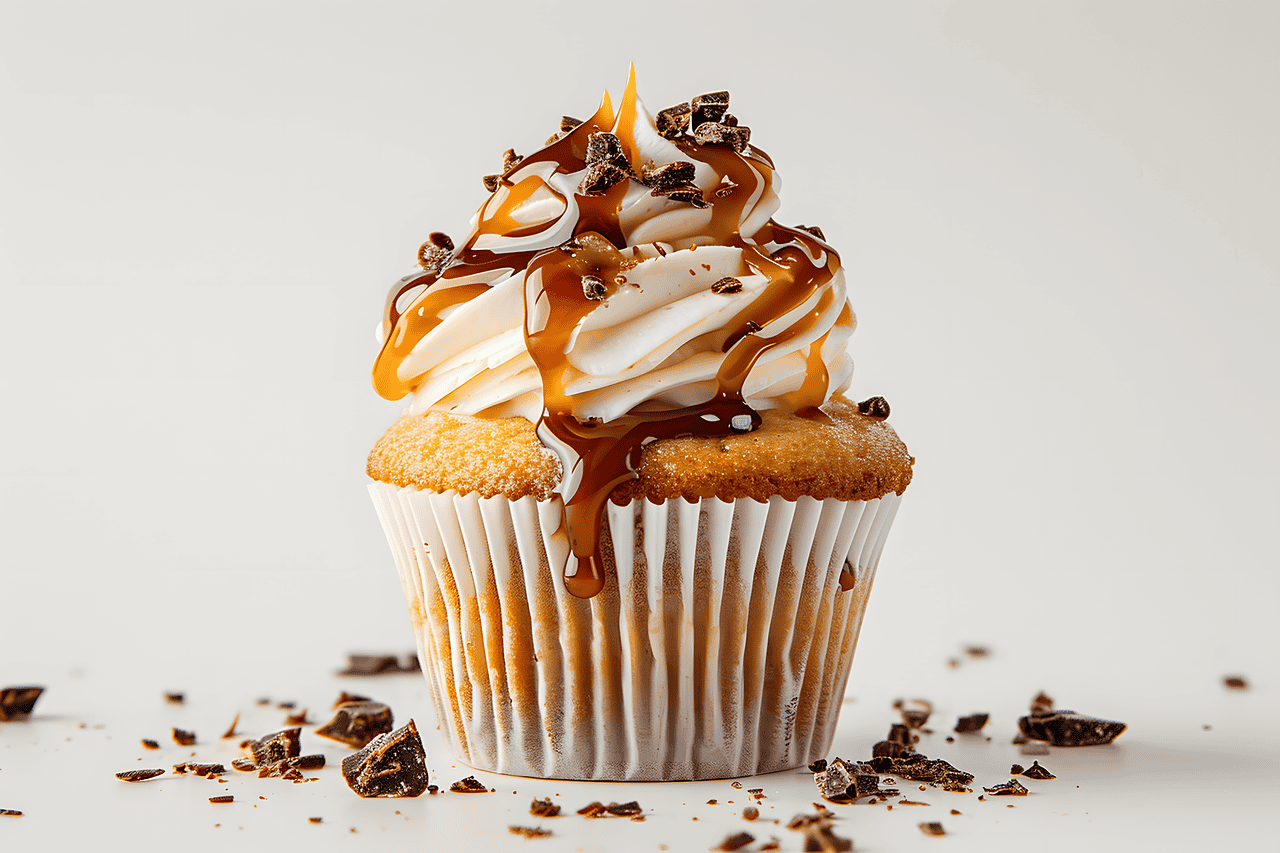Sharing is caring!
The Untold Story of Bahamian History: Hidden Gems and Forgotten Tales
Experience the allure of Bahamian history as the hidden gems and forgotten tales resurface in this captivating article. Delve into the untold story that uncovers the secrets of this tropical paradise and brings to light the rich tapestry of its past.
From the captivating narratives of the indigenous Lucayans to the enigmatic tales of piracy and colonialism, Bahamian history is a treasure trove waiting to be explored. Discover the fascinating accounts of rebellions that shaped the nation’s identity and the legacy of remarkable individuals who defied the odds to make a lasting impact.
Immerse yourself in the captivating narratives that span the centuries as you unearth the history of the Bahamian people and their journey towards independence. Uncover the hidden treasures of small settlements that played a pivotal role in shaping the nation’s cultural heritage.
Join us on this eye-opening journey as we peel back the layers of time and reveal the untold story of Bahamian history. Prepare to be enthralled by the forgotten tales and hidden gems that have shaped this Caribbean paradise into the vibrant nation it is today.
Forgotten Tales from the Bahamian Past
The history of the Bahamas is often overshadowed by its reputation as a tropical paradise. However, beneath the surface lies a rich and complex history that is usually forgotten. One such forgotten tale is that of the Lucayans, the indigenous people who inhabited the islands before the arrival of European colonizers.
Between 500 and 800 AD, Taínos began crossing from Haiti, known as Hispaniola or Cuba, to the Bahamas. William Keegan argues that the most likely route was from Haiti or Cuba to Great Inagua. Granberry and Vescelius argue for two migrations, from Haiti to the Turks and Caicos Islands and from Cuba to Great Inagua.
From the initial colonization, the Lucayan expanded throughout the Bahamas in some 800 years (c. 700 – c. 1500), growing to a population of about 40,000. Known Lucayan settlement sites are confined to the nineteen largest islands in the Bahama Island chain or smaller cays less than one mile from those islands. Population density in the southernmost Bahamas remained lower, probably due to the drier climate there (less than 800 mm of rain a year on Great Inagua Island and the Turks and Caicos Islands and only slightly higher on Acklins and Crooked Islands and Mayaguana). The Lucayans, also known as the Taino, lived in harmony with the land and sea, leaving a legacy still visible in the Bahamas today.
Another forgotten tale is that of piracy in the Bahamas. During the “Golden Age of Piracy” in the 17th and 18th centuries, the Bahamas became a haven for pirates seeking refuge and plunder. During this time, female pirates like Anne Bonny and Mary Read ventured into these waters, cleverly disguising themselves as men to partake in the lawless pursuit of fortune.
The archipelago’s strategic location, with its 700 islands/cays and shallow waters, provided excellent hideouts for stashing ill-gotten gains and a prime position near busy shipping lanes for ambushing merchant ships. Legends of buried treasures persist today, with tales of British pirate William Catt hiding his loot on Cat Island and Sir Henry Morgan, a successful pirate, reportedly concealing his treasure across the islands. These stories continue to captivate the imagination, suggesting that remnants of this swashbuckling past might still be found beneath the sands and seas of the Bahamas.
The infamous pirate Blackbeard and Calico Jack is said to have made his home in Nassau, the capital of the Bahamas, and his presence has left an indelible mark on the island’s history.
Exploring the Lesser-Known Historical Sites in the Bahamas
While Nassau may be the most well-known city in the Bahamas, many other hidden gems await discovery. One such gem is the settlement of Governor’s Harbour on Eleuthera Island. This charming town is home to several historical sites, including the Haynes Library, one of the oldest libraries in the Bahamas. The library’s collection includes rare books and documents that glimpse the island’s past.
This historical landmark was built by Governor William Frederick Haynes Smith in 1897 and is the oldest Government Complex on the island. The upstairs has permanently housed a library, and the downstairs holds offices, including the former official residence of the local doctor. The building has been renovated through the efforts of a civic organization called Friends of the Library and is once again a Public Library. The success is due to the commitment of the Board of Trustees, Operating Committee, volunteers, and the worldwide membership.
Another lesser-known historical site is the Pompey Museum in Nassau. The Pompey Museum honors a courageous enslaved person, Pompey, who lived on the Rolle Plantation in Steventon, Exuma, Bahamas. Historic Vendue House, or the Bourse as it was known, was built sometime before 1769 and continued to function as a marketplace until the late 1800s. Enslaved Africans and other commodities were sold at Vendue House during the 18th and 19th centuries. Pompey became a museum in 1992. Visitors can better understand the Bahamian people’s struggles and triumphs through artifacts, exhibits, and interactive displays.
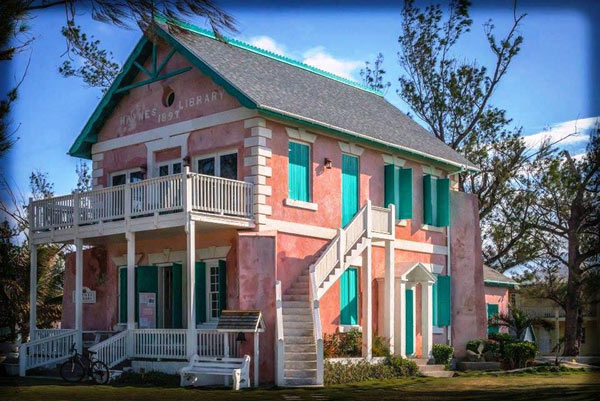
The Impact of Colonization on Bahamian History
Before the arrival of European colonizers, the Bahamas was home to the Lucayans, a peaceful indigenous people. The Lucayans lived in small villages throughout the islands, relying on fishing, farming, and gathering for sustenance. They had a rich cultural heritage, with intricate pottery and artwork that reflected their connection to the natural world.
Tragically, the arrival of the Spanish and, later, the British led to the decimation of the Lucayans. Through disease, forced labor, and warfare, the Lucayans were nearly wiped out, leaving behind only fragments of their once-thriving civilization. However, their legacy lives on in the traditions and customs of the Bahamian people, serving as a reminder of the resilience and strength of the indigenous inhabitants.
Like many other Caribbean nations, the Bahamas has a complex history of colonization. Spain first claimed the islands in the late 15th century, but the British ultimately gained control of the archipelago in the 17th century. The impact of British colonialism can still be seen today in the country’s political and legal systems and cultural heritage.
More than a century later, American colonists loyal to Britain arrived in Eleuthera. Many brought their slaves, building skills, agriculture, and shipbuilding expertise, greatly influencing Eleutheran life. In 1783, they solidified their independence and forced the retreat of the Spanish forces from the region without firing a shot.
One of the most significant events in Bahamian history was the abolition of slavery in 1834. The Bahamas played a crucial role in the fight against slavery, with many formerly enslaved people finding refuge on the islands. Today, the Bahamas celebrates Emancipation Day on August 1, marking the anniversary of the end of slavery in the British Empire.
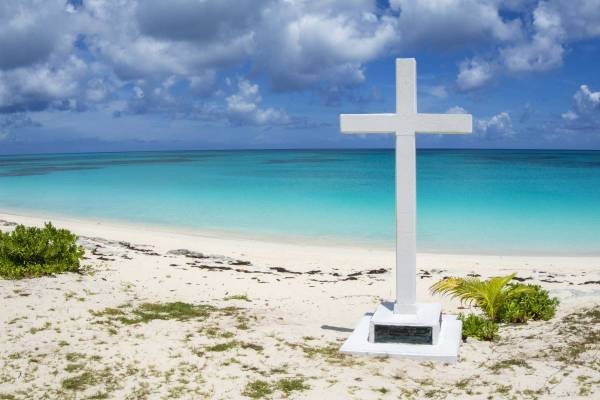
Famous Figures and Events in Bahamian History
The Hotel and Steam Ship Service Act of 1898 opened our doors to the world. This act provided the government support needed to construct hotels and subsidized services. Since then, everything from Prohibition, which brought well-to-do Americans, to the closure of Cuba to Americans, has impacted tourism in our country.
Bahamian history is filled with remarkable individuals who have left a lasting impact on the nation. One such figure is Sir Lynden Pindling, the first black Premier of the Bahamas. Pindling played a pivotal role in the fight for independence, leading the Progressive Liberal Party to victory in the 1967 general elections. His leadership and determination paved the way for the Bahamas to gain independence from Britain on July 10, 1973, ending 325 years of British rule. Today, the Bahamas is a member of the Commonwealth of Nations.
Sir Lynden Oscar Pindling (March 22, 1930 – August 26, 2000) is regarded by many as the “Father of the Nation.” He led the Bahamas to majority rule and independence. He served as the first black premier of the Bahamas from 1967 to 1969 and as Prime Minister from 1969 to 1992.
Another notable event in Bahamian history is the Burial Mound at Long Bay Beach. This ancient burial site, dating back over 1,000 years, is a testament to the indigenous people who once called the Bahamas home. The Burial Mound provides a glimpse into the rich cultural heritage of the Lucayans and serves as a reminder of the island’s pre-colonial past.
The settlement of Long Bay is located southwest of the island of San Salvador. It sits opposite Landfall Park, commemorating Christopher Columbus’s arrival on the island. The park is home to the Columbus Monument, The Olympic Monument, The Quincentennial Monument, and the Neo Santa Maria Monument.
The town was allegedly named by Christopher Columbus, who came ashore in that area in a very long boat and thought the name was fitting.
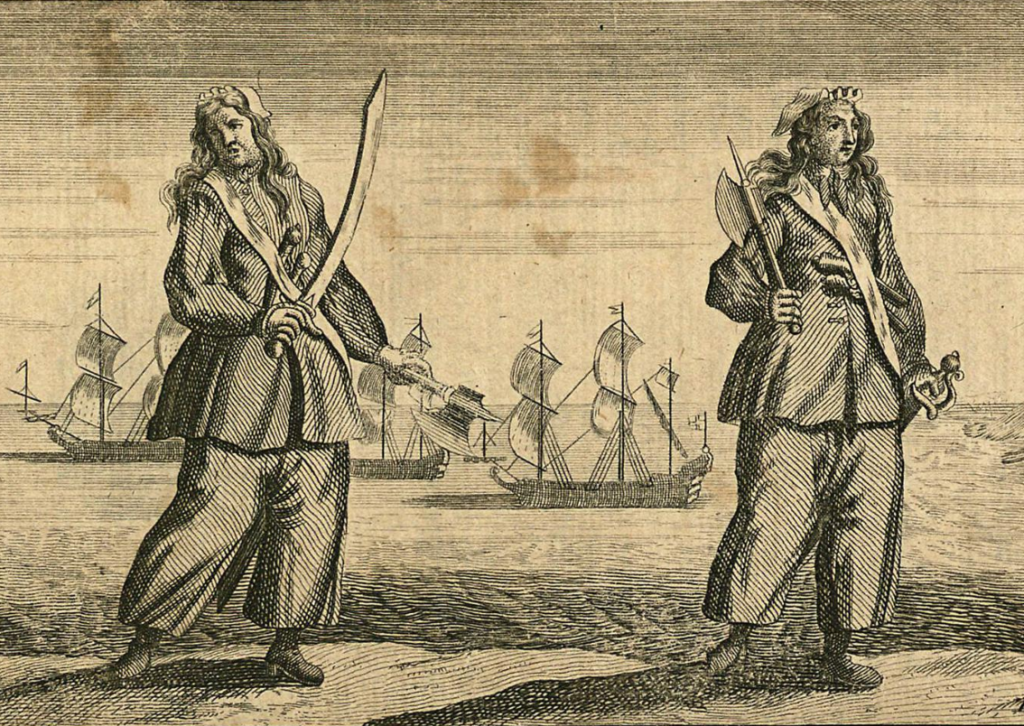
As the Bahamas continues to grow and develop, it is crucial to preserve its rich history for future generations. Efforts are underway to protect and restore historical sites, ensuring that the stories of the past are not forgotten. The Bahamas National Trust, a non-profit organization dedicated to conserving the country’s natural and cultural heritage, is crucial in preserving Bahamian history.
In addition to physical preservation, documenting and sharing oral histories is vital in preserving Bahamian history. The stories and memories passed down through generations provide a unique perspective on the nation’s past. Initiatives such as the Bahamas Oral History Project aim to collect and preserve these stories, ensuring they are not lost to time.
Slavery played a significant role in the history of the Bahamas, with the islands serving as a hub for the transatlantic slave trade. The Bahamas became a haven for escaped enslaved people, with many seeking refuge on the islands for freedom. The legacy of slavery can still be seen in the diverse cultural makeup of the Bahamas, with African, European, and indigenous influences shaping the nation’s identity. Bahamianology
The struggle for emancipation was a defining moment in Bahamian history. The 1830 slave revolt, led by the fearless Pompey, marked a turning point in the fight against slavery. Although the revolt was ultimately suppressed, it paved the way for the eventual abolition of slavery in the British Empire.
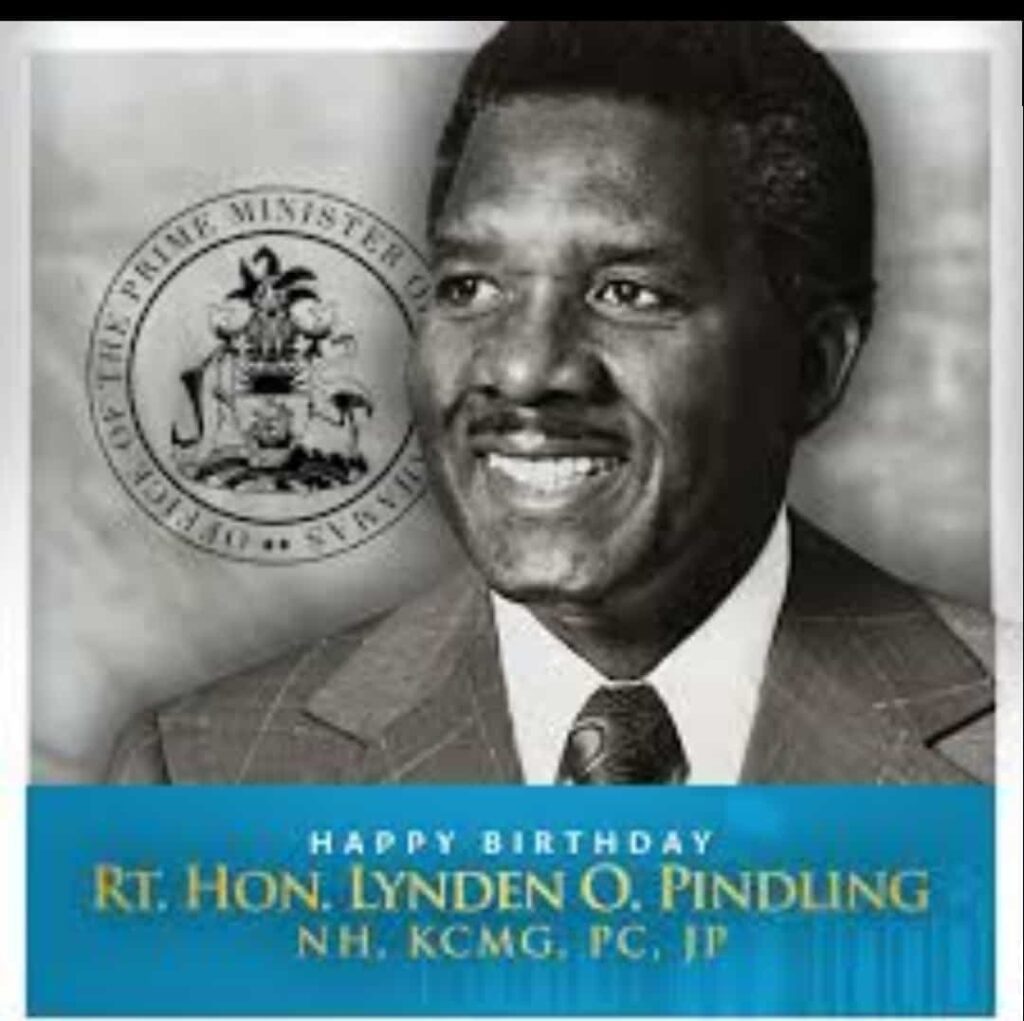
Conclusion: Celebrating and Sharing the Untold Stories of Bahamian History
The untold stories and hidden gems of Bahamian history are a testament to the rich and diverse heritage of the islands. From the indigenous Lucayans to the struggles for independence and the legacy of slavery, the history of the Bahamas is a complex tapestry waiting to be explored. By preserving and sharing these stories, we can celebrate the resilience and strength of the Bahamian people and ensure that their history is not forgotten.
Join us on this journey as we dive deeper into the captivating narratives that span the centuries, uncovering the secrets and forgotten tales that have shaped the Bahamas into the vibrant nation it is today. Discover the hidden gems of small settlements, explore lesser-known historical sites, and immerse yourself in the fascinating accounts of rebellion and resilience. Together, let us celebrate and share the untold stories of Bahamian history, and while you’re at it, also read about Bahamian Food History


